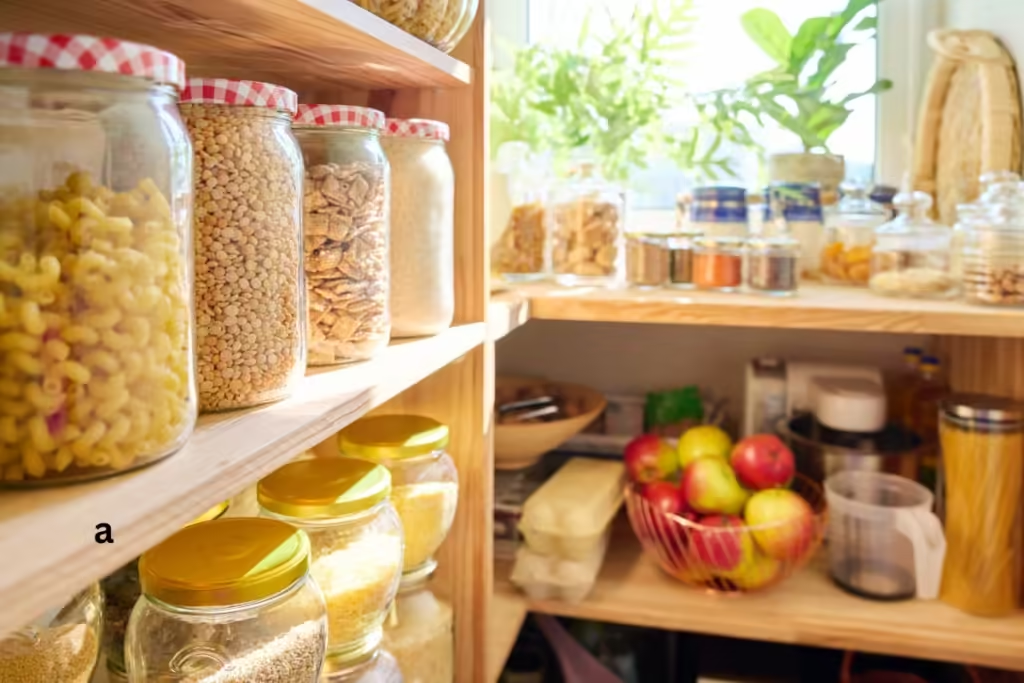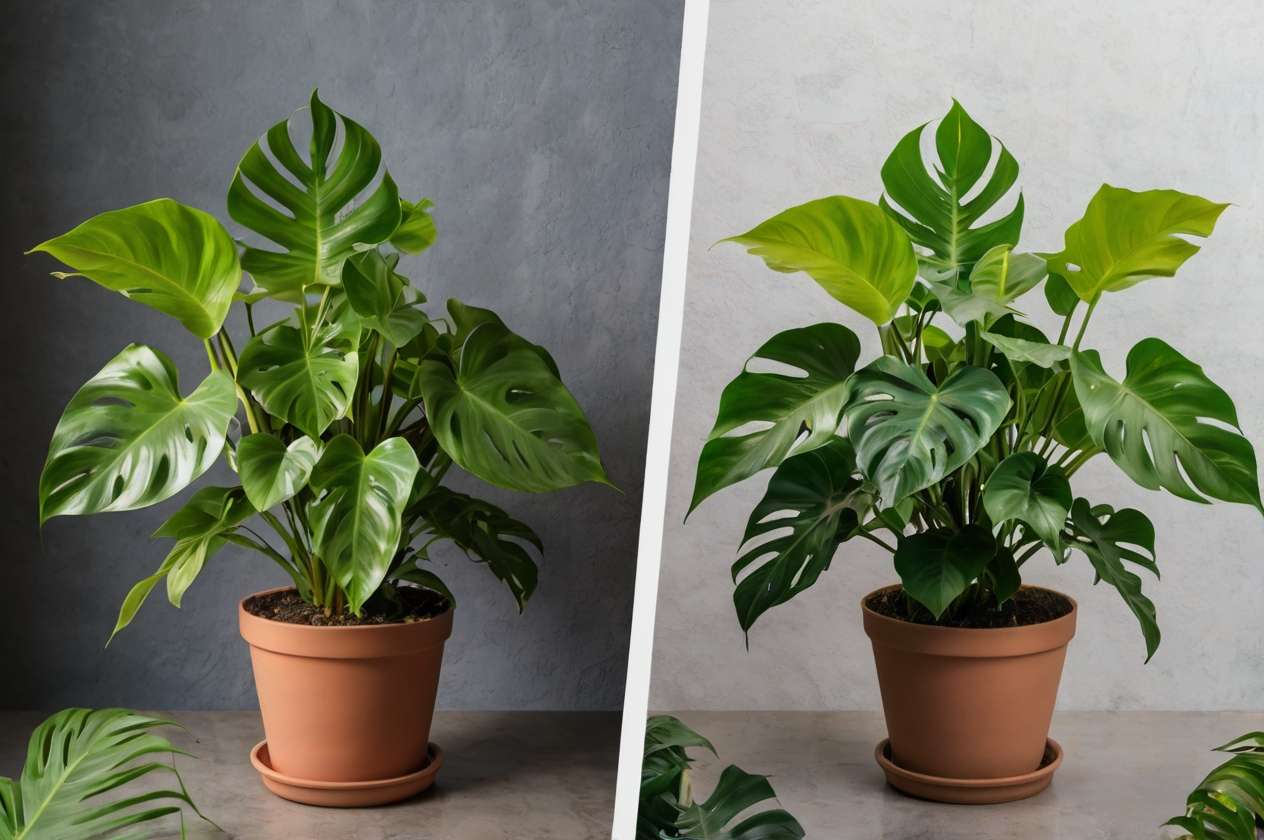
15 Essential Tips for Thriving Philodendron Selloum: A Complete Care Guide
Introduction to Philodendron selloum
Welcome to the lush world of Philodendron selloum, a plant that has captivated the hearts of indoor gardeners and plant enthusiasts alike. This magnificent tropical beauty, with its large, deeply lobed leaves, brings a touch of exotic flair to any space it graces. As we embark on this green journey together, we’ll explore everything you need to know about this stunning plant, from its care requirements to its various uses in home decor.
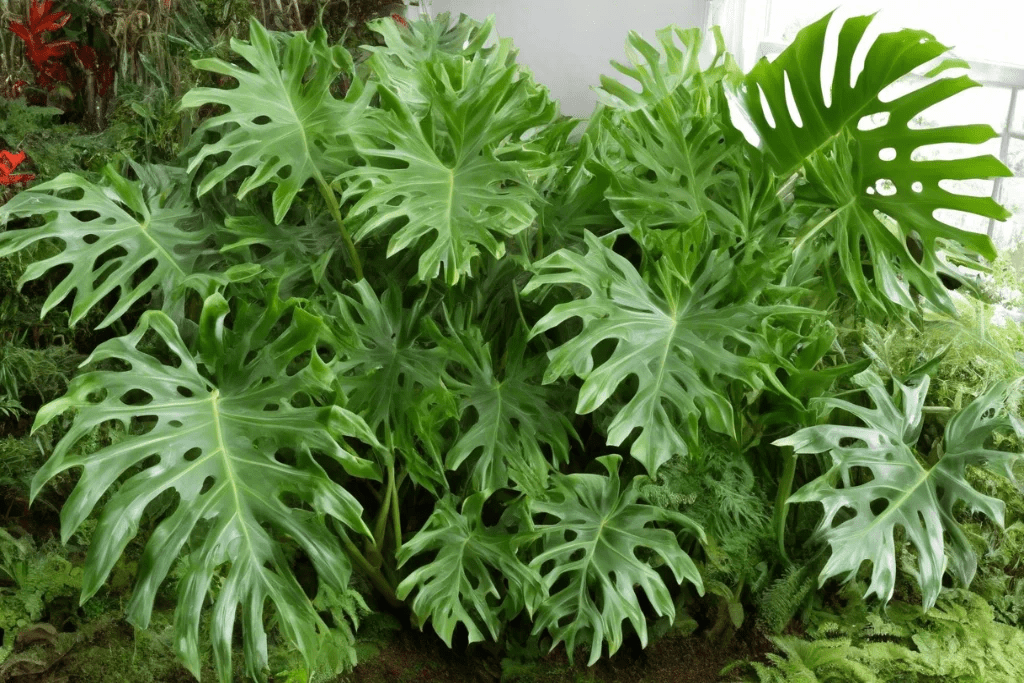
Philodendron selloum, also known as the tree philodendron, is more than just a pretty face in the plant world. It’s a statement piece, a conversation starter, and a testament to nature’s artistry. Whether you’re a seasoned plant parent or a budding enthusiast, this article will guide you through the intricacies of nurturing and enjoying this botanical wonder.
Scientific Classification and Nomenclature
Before we delve deeper into the care and cultivation of this plant, let’s address its identity. The scientific name of what we commonly call Philodendron selloum has undergone a recent change in the botanical world.
Scientific Name: Thaumatophyllum bipinnatifidum
Yes, you read that right! Our beloved Philodendron selloum has been reclassified. While many of us still use the old name out of habit, it’s important to note that botanists now recognize it as Thaumatophyllum bipinnatifidum. This change came about due to new understandings in plant taxonomy.
Common Names
Despite its scientific reclassification, this plant goes by several common names that are still widely used:
- Tree philodendron
- Lacy tree philodendron
- Horsehead philodendron
These names often reflect the plant’s appearance or growth habits. The term “tree philodendron” nods to its impressive size when mature, while “lacy” refers to its intricately lobed leaves.
Physical Characteristics
![]()
One of the most striking features of Philodendron selloum is its impressive size and distinctive foliage. Let’s explore what makes this plant so visually appealing.
Size and Growth Habit
In its natural habitat, Philodendron selloum can grow to be quite large, reaching heights of 10-15 feet with a spread just as wide. When grown indoors, however, it tends to be more modest in size, typically reaching 4-6 feet tall. The plant has a tree-like growth habit, developing a thick, sturdy trunk over time.
Leaf Structure and Appearance
The leaves of Philodendron selloum are nothing short of spectacular. They are large, often measuring 2-3 feet long and nearly as wide. The deep green leaves are deeply lobed, giving them a dramatic, tropical appearance. The glossy surface of the leaves adds to their visual appeal, reflecting light and adding depth to their appearance.
Stem and Root System
As the plant matures, it develops a thick, woody stem that can resemble a tree trunk. This stem provides support for the massive leaves. The root system is equally impressive, with thick, fleshy roots that can become aerial roots in high humidity environments.
Varieties and Cultivars
While the classic Philodendron selloum is a stunner on its own, there are several varieties and cultivars that offer unique characteristics:
- ‘Hope’ Philodendron: A compact variety with smaller, more deeply lobed leaves.
- ‘Xanadu’: Another compact variety with a more bushy growth habit.
- ‘Little Phil’: A dwarf variety perfect for smaller spaces.
- ‘Winterbourn’: Known for its particularly large and deeply cut leaves.
These varieties offer options for different space requirements and aesthetic preferences, making Philodendron selloum adaptable to various home environments.
Natural Habitat and Distribution

Understanding a plant’s natural habitat helps us provide better care in our homes. Philodendron selloum is native to South America, particularly southern Brazil, Bolivia, Argentina, and Paraguay. In these regions, it thrives in tropical and subtropical forests.
In its natural environment, Philodendron selloum often starts life as an epiphyte, growing on other plants or trees. As it matures, it can become terrestrial, rooting in the forest floor. This adaptability is part of what makes it such a resilient houseplant.
Philodendron selloum Care Guide
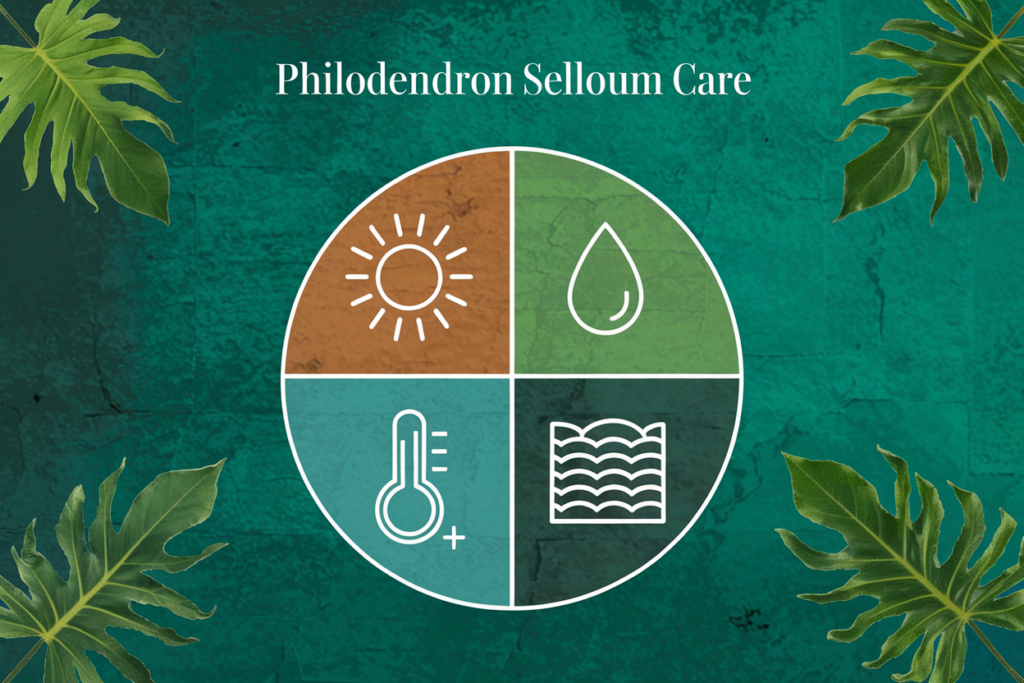
Now that we’ve covered the basics, let’s dive into the heart of the matter: how to care for your Philodendron selloum. With the right attention, this plant can thrive and become a stunning centerpiece in your home.
Light Requirements
Philodendron selloum is adaptable when it comes to light, but it does have preferences:
- Optimal light: Bright, indirect light is ideal. This mimics the dappled sunlight it would receive in its natural forest habitat.
- Adapting to different light levels: While it can tolerate lower light conditions, growth may slow, and leaves might become smaller. In very low light, the plant may become leggy as it stretches towards light sources.
- Avoid direct sunlight: Too much direct sun can scorch the leaves, causing brown patches.
A north or east-facing window often provides the perfect light balance for this tropical beauty.
Watering Needs
Proper watering is crucial for the health of your Philodendron selloum:
- Watering frequency: Allow the top inch of soil to dry out between waterings. This usually means watering once a week, but frequency can vary based on environmental conditions.
- Watering technique: Water thoroughly until it runs out of the drainage holes, then empty the saucer. This ensures the roots receive ample hydration.
- Signs of overwatering: Yellowing leaves, especially lower leaves, and soft, mushy stems are indicators of overwatering.
- Signs of underwatering: Drooping leaves and dry, crispy edges suggest the plant needs more water.
Remember, it’s better to underwater slightly than to overwater. Philodendron selloum is more forgiving of dry conditions than waterlogged soil.
Soil and Potting
The right soil mix is essential for healthy growth and to prevent issues like root rot:
- Ideal soil composition: A well-draining, rich potting mix is best. A combination of peat moss, perlite, and regular potting soil works well.
- Soil pH: Philodendron selloum prefers slightly acidic to neutral soil, with a pH between 5.5 and 7.0.
- Repotting guidelines: Repot every 2-3 years or when the plant outgrows its current pot. Choose a pot that’s 2-3 inches larger in diameter than the current one.
When repotting, be gentle with the roots and use fresh potting mix to provide new nutrients.
Temperature and Humidity
As a tropical plant, Philodendron selloum has specific temperature and humidity needs:
- Optimal temperature range: 65°F to 80°F (18°C to 27°C) is ideal. The plant can tolerate brief periods outside this range but may show stress.
- Humidity requirements: High humidity is appreciated, ideally above 60%. In drier environments, consider using a humidifier or placing the plant on a pebble tray filled with water.
Avoid placing your Philodendron selloum near drafty windows or air conditioning vents, as sudden temperature changes can shock the plant.
Fertilization
Proper fertilization helps maintain the lush, healthy appearance of your Philodendron selloum:
- Types of fertilizers: A balanced, water-soluble fertilizer with an NPK ratio of 20-20-20 works well.
- Fertilization schedule: Feed monthly during the growing season (spring and summer), and reduce or stop fertilizing in fall and winter.
- Dosage: Always follow the instructions on the fertilizer package, but generally, it’s better to under-fertilize than over-fertilize.
If you notice pale leaves or slow growth, your plant might benefit from additional fertilization. However, be cautious, as over-fertilizing can lead to burnt leaf tips and other issues.
Propagation Methods

Propagating Philodendron selloum is a rewarding way to expand your plant collection or share with friends. Here are the most effective methods:
Stem Cutting Propagation
- Choose a healthy stem with at least two leaves and a node.
- Cut just below a node using clean, sharp scissors.
- Remove the lower leaves, leaving 1-2 at the top.
- Place the cutting in water or moist potting mix.
- Keep in a warm, bright spot out of direct sunlight.
- Roots should develop in 3-4 weeks.
Air Layering Technique
- Choose a healthy stem with aerial roots.
- Make a small incision in the stem below a node.
- Wrap the area with damp sphagnum moss and secure with plastic wrap.
- Roots will form in the moss over several weeks.
- Once roots are visible, cut below the rooted section and pot.
Division of Mature Plants
- Gently remove the plant from its pot.
- Identify natural divisions in the root ball.
- Carefully separate the divisions, ensuring each has roots and leaves.
- Pot each division in fresh potting mix.
Growth and Size Management
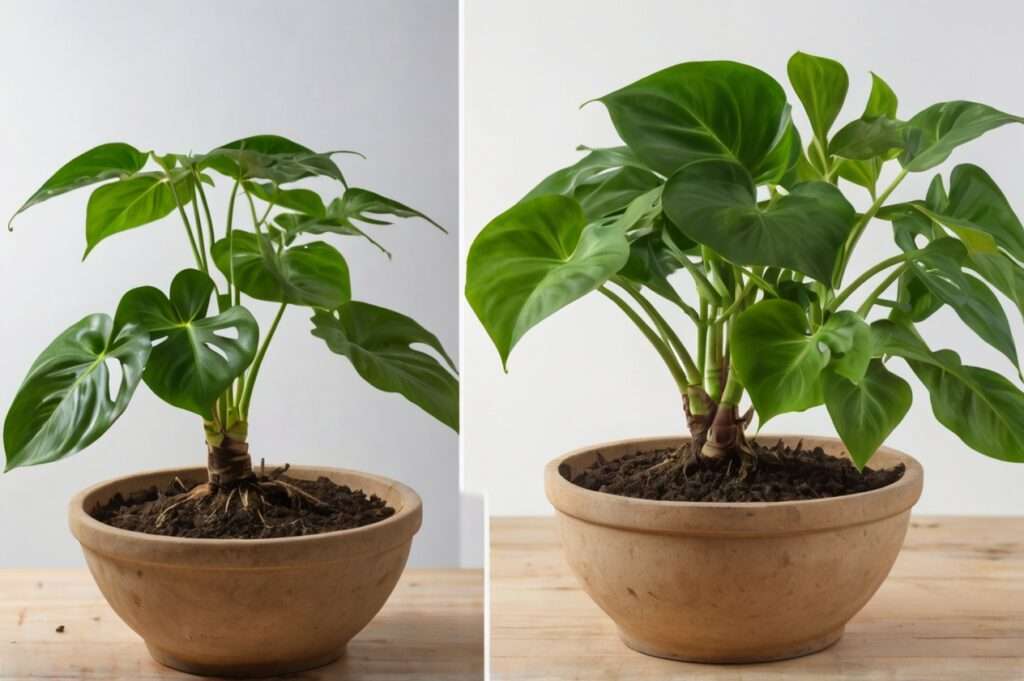
Managing the size of your Philodendron selloum is important, especially in indoor settings:
- Pruning techniques: Regular pruning helps maintain shape and size. Use clean, sharp pruning shears and cut just above a leaf node.
- Controlling size: Pruning larger leaves and limiting pot size can help control growth.
- Supporting large specimens: As the plant grows, it may need support. Use a moss pole or trellis to guide growth.
Remember, pruning also encourages bushier growth, helping your Philodendron selloum maintain a fuller appearance.
You May Also Like To Read:
10 Amazing Swiss Cheese Plant Care Tips for Thriving Monstera Deliciosa
Common Pests and Diseases
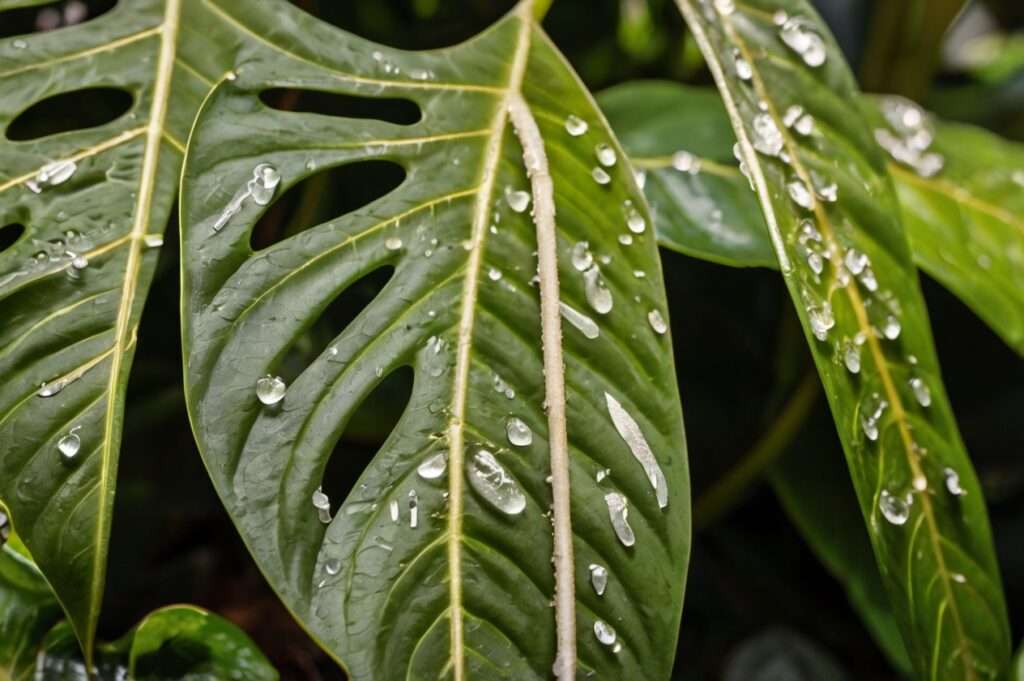
While generally hardy, Philodendron selloum can face some pest and disease issues:
- Spider mites: Tiny pests that cause stippling on leaves. Treat with insecticidal soap or neem oil.
- Mealybugs: White, cottony pests that cluster on stems and leaves. Remove with alcohol-dipped cotton swabs.
- Root rot: Caused by overwatering. Prevention is key – ensure proper drainage and avoid overwatering.
- Leaf spot: Fungal disease causing brown spots on leaves. Improve air circulation and avoid getting water on leaves.
Regular inspection and prompt treatment are crucial in maintaining a healthy plant.
Toxicity and Safety Precautions
It’s important to note that Philodendron selloum is toxic if ingested:
- All parts of the plant contain calcium oxalate crystals, which can cause irritation and swelling if consumed.
- Keep the plant out of reach of children and pets.
- If ingestion occurs, seek medical attention immediately.
Despite its toxicity, with proper precautions, Philodendron selloum can be safely enjoyed in most households.
Decorative Uses and Styling

Philodendron selloum is a versatile plant that can enhance various interior styles:
- Indoor placement: Ideal as a floor plant in living rooms, bedrooms, or home offices.
- Outdoor landscaping: In warm climates, it makes an excellent landscaping plant for shaded areas.
- Companion planting: Pairs well with other tropical plants like monstera or bird of paradise.
The large, dramatic leaves of Philodendron selloum make it a natural focal point in any room.
Seasonal Care and Maintenance
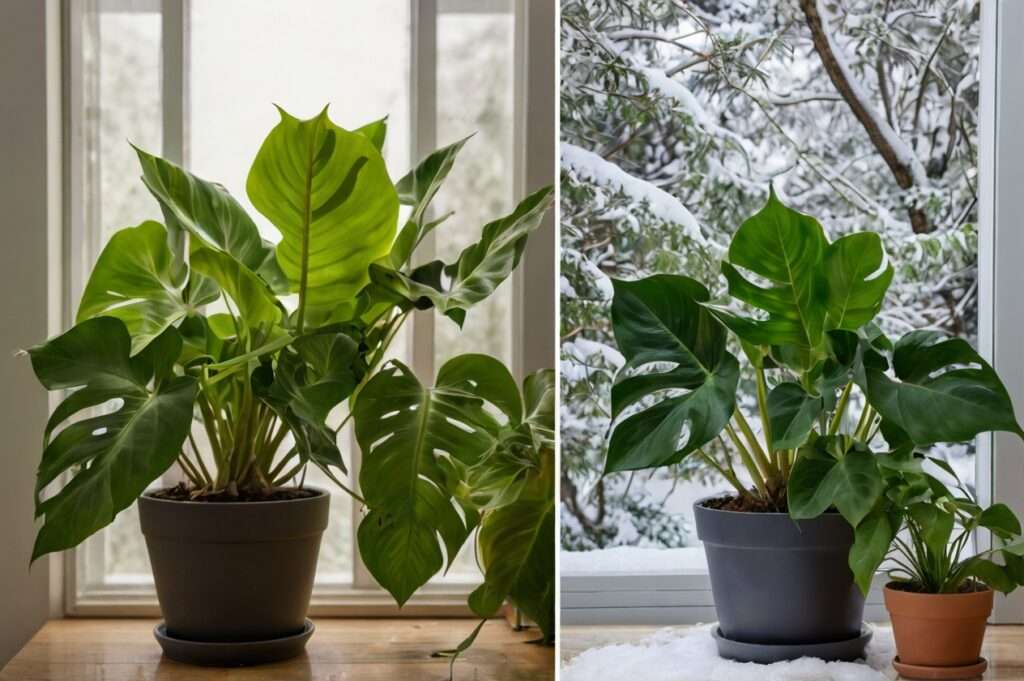
Adjusting care with the seasons helps maintain a healthy Philodendron selloum year-round:
- Winter care: Reduce watering and stop fertilizing. Move away from cold windows.
- Summer growth management: Increase watering and fertilizing to support active growth. Provide extra humidity if needed.
Remember, even in winter, Philodendron selloum appreciates consistent warmth and humidity.
You May Also Like To Read:
10 Incredible Tips for Thriving Philodendron Micans: A Beginner’s Guide
Troubleshooting Common Problems
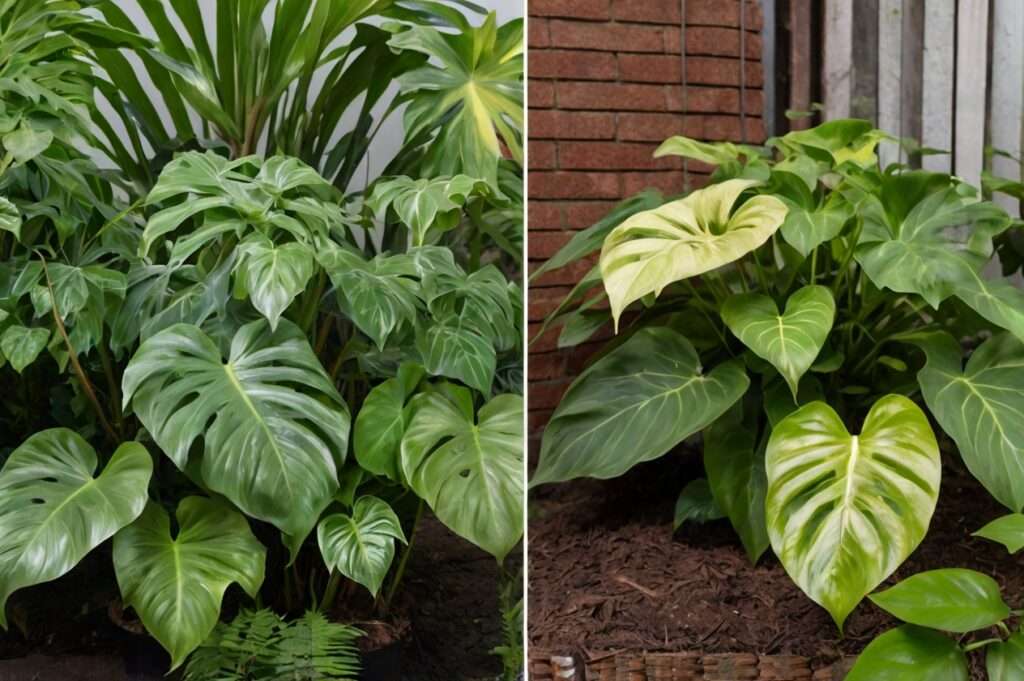
Even with the best care, issues can arise. Here’s how to address common problems:
- Yellowing leaves: Often a sign of overwatering or poor drainage. Check soil moisture and adjust watering.
- Leaf drop: Can be caused by temperature fluctuations or low light. Ensure stable conditions and adequate light.
- Stunted growth: May indicate insufficient light or nutrients. Evaluate light conditions and fertilization schedule.
When troubleshooting, always consider recent changes in care or environment that might have affected the plant.
Philodendron selloum in Popular Culture
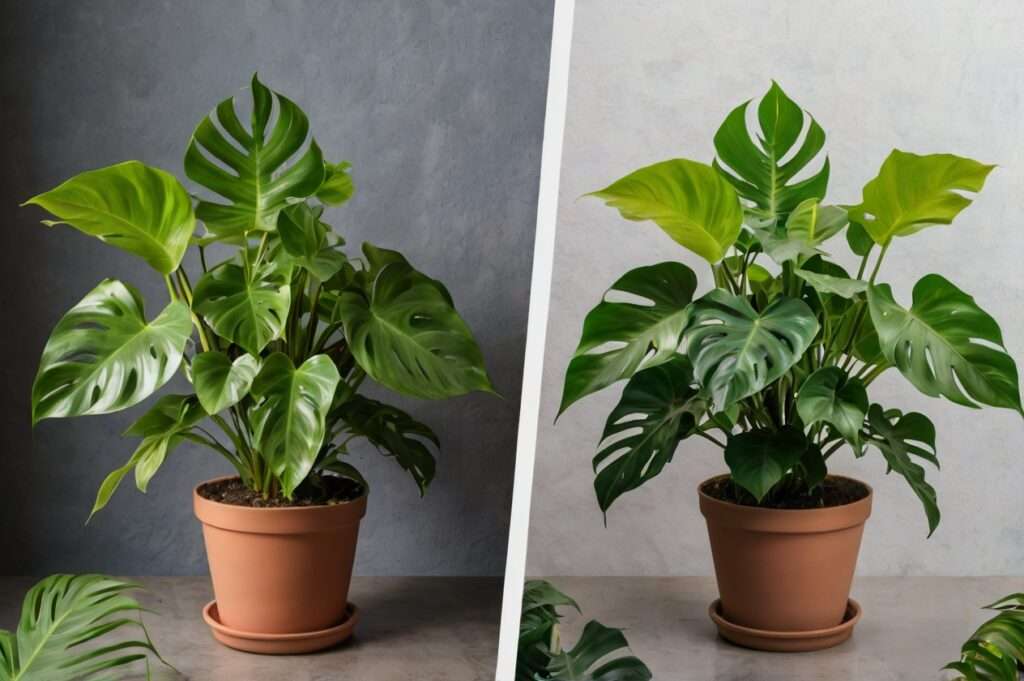
Philodendron selloum has gained popularity in recent years:
- It’s a favorite in interior design, often featured in home decor magazines and Instagram posts.
- Many botanical gardens showcase mature specimens, highlighting their impressive size and structure.
- The plant has become synonymous with the trend towards bringing more nature indoors, reflecting a desire for connection with the natural world.
Its popularity is a testament to both its beauty and its ability to thrive in indoor environments.
Conclusion
Philodendron selloum, with its majestic leaves and adaptable nature, is truly a gem in the world of houseplants. From its care requirements to its decorative potential, this plant offers so much to both novice and experienced plant enthusiasts.
Remember, the key points in caring for your Philodendron selloum are:
- Provide bright, indirect light
- Water when the top inch of soil is dry
- Use well-draining soil
- Maintain high humidity
- Fertilize during the growing season
With these guidelines and the detailed information provided in this article, you’re well-equipped to help your Philodendron selloum thrive. Embrace the journey of nurturing this beautiful plant, and enjoy the lush, tropical ambiance it brings to your home. Happy growing!
FAQs
- How often should I water my Philodendron selloum?
Water when the top inch of soil feels dry, typically once a week. Adjust frequency based on light and humidity levels. - Can Philodendron selloum grow in low light?
While it can tolerate low light, it grows best in bright, indirect light. Low light may result in slower growth and smaller leaves. - Is Philodendron selloum toxic to pets?
Yes, it’s toxic if ingested by pets or humans due to calcium oxalate crystals. Keep it out of reach of children and pets. - How big does Philodendron selloum get indoors?
Indoors, it typically grows 4-6 feet tall and wide, but can be kept smaller with regular pruning. - How do I propagate my Philodendron selloum?
It can be propagated through stem cuttings, air layering, or division of mature plants. - Why are my Philodendron selloum’s leaves turning yellow?
Yellowing leaves often indicate overwatering, but can also be caused by nutrient deficiencies or insufficient light. - How often should I fertilize my Philodendron selloum?
Fertilize monthly during the growing season (spring and summer) with a balanced, water-soluble fertilizer. - Can Philodendron selloum be grown outdoors?
Yes, in USDA zones 9-11 it can be grown outdoors. In colder climates, it’s best kept as an indoor plant. - How do I increase humidity for my Philodendron selloum?
Use a humidifier, place the plant on a pebble tray with water, or mist the leaves regularly. - What’s the difference between Philodendron selloum and Philodendron bipinnatifidum?
They are the same plant. Philodendron selloum has been reclassified as Thaumatophyllum bipinnatifidum, but many still use the old name.
Resources
-
- The Spruce
Philodendron Selloum Plant Care: How to Grow and Maintain
This article covers essential care tips, including light, water, and soil requirements. - Gardenia.net
Philodendron Selloum Care Guide
Provides an in-depth look at growing conditions, maintenance, and common issues. - Costa Farms
Philodendron Selloum Care and Growing Guide
Offers care instructions and troubleshooting tips for this popular indoor plant. - University of Florida IFAS Extension
Philodendron Selloum Care Information
A research-based resource from a reputable university extension service. - Cafe Planta
The Ultimate Philodendron Selloum Care Guide – Cafe Planta
- The Spruce

